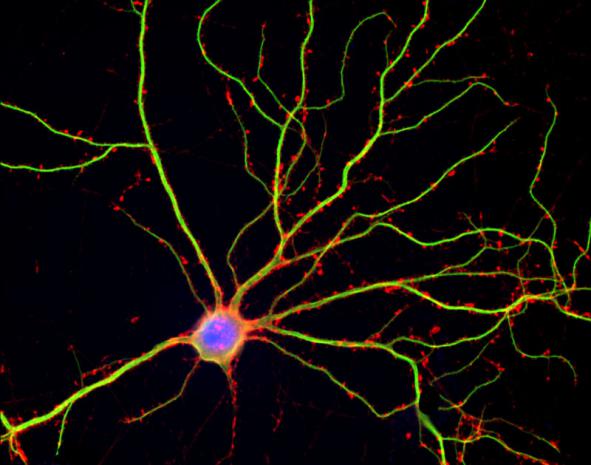
Breaking News
 "Pulp Fiction" Actor Peter Greene Found Dead on the Floor of His NYC Apartment… 'Blood
"Pulp Fiction" Actor Peter Greene Found Dead on the Floor of His NYC Apartment… 'Blood
 Jesse Kelly and Joe Allen on AI and Its Impact – "I Do Consider This to Be an Active War Agains
Jesse Kelly and Joe Allen on AI and Its Impact – "I Do Consider This to Be an Active War Agains
 Chairman Comer Issues Ultimatum to Clintons – Appear for Epstein Depositions or Face Contempt...
Chairman Comer Issues Ultimatum to Clintons – Appear for Epstein Depositions or Face Contempt...
 Matt Walsh Responds to Demands to Disavow His Allies, and How to Resolve the Right-Wing...
Matt Walsh Responds to Demands to Disavow His Allies, and How to Resolve the Right-Wing...
Top Tech News
 This tiny dev board is packed with features for ambitious makers
This tiny dev board is packed with features for ambitious makers
 Scientists Discover Gel to Regrow Tooth Enamel
Scientists Discover Gel to Regrow Tooth Enamel
 Vitamin C and Dandelion Root Killing Cancer Cells -- as Former CDC Director Calls for COVID-19...
Vitamin C and Dandelion Root Killing Cancer Cells -- as Former CDC Director Calls for COVID-19...
 Galactic Brain: US firm plans space-based data centers, power grid to challenge China
Galactic Brain: US firm plans space-based data centers, power grid to challenge China
 A microbial cleanup for glyphosate just earned a patent. Here's why that matters
A microbial cleanup for glyphosate just earned a patent. Here's why that matters
 Japan Breaks Internet Speed Record with 5 Million Times Faster Data Transfer
Japan Breaks Internet Speed Record with 5 Million Times Faster Data Transfer
 Advanced Propulsion Resources Part 1 of 2
Advanced Propulsion Resources Part 1 of 2
 PulsarFusion a forward-thinking UK aerospace company, is pushing the boundaries of space travel...
PulsarFusion a forward-thinking UK aerospace company, is pushing the boundaries of space travel...
 Dinky little laser box throws big-screen entertainment from inches away
Dinky little laser box throws big-screen entertainment from inches away
 'World's first' sodium-ion flashlight shines bright even at -40 ºF
'World's first' sodium-ion flashlight shines bright even at -40 ºF
The brain uses REM sleep to cut unneeded connections

REM sleep is known to help solidify memories, but the mechanism for making memories more permanent is not well-understood. A recent study published in Nature Neuroscience shows that, during REM sleep, some of the structures neurons use to make connections with each other are pruned, while others are maintained and strengthened. The findings indicate that sleep's role in solidifying memories comes through allowing the brain time to selectively eliminate or maintain newly formed neural connections.
Dendritic spines are small outgrowths on a neuron's dendrite, which is the portion of the neuron that receives chemical signals from other neurons. These spines enhance the strength of connections between neurons so they can play an important role in strengthening new neural circuits and solidifying new memories. These spines aren't permanent structures; instead, nerve cells can create new ones or get rid of existing ones (a process called pruning) as the importance of different connections shifts.
The new memories in this case were formed in mice, which were trained to complete a treadmill-like motor task. Then, the mice were either deprived of REM sleep or allowed to experience this form of sleep. The mice that were allowed REM showed significantly higher pruning of new dendritic spines compared to the mice that were REM sleep deprived. This difference in pruning was only seen for new dendritic spines, and previously existing dendritic spines were pruned at the same rate.



